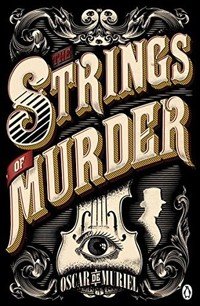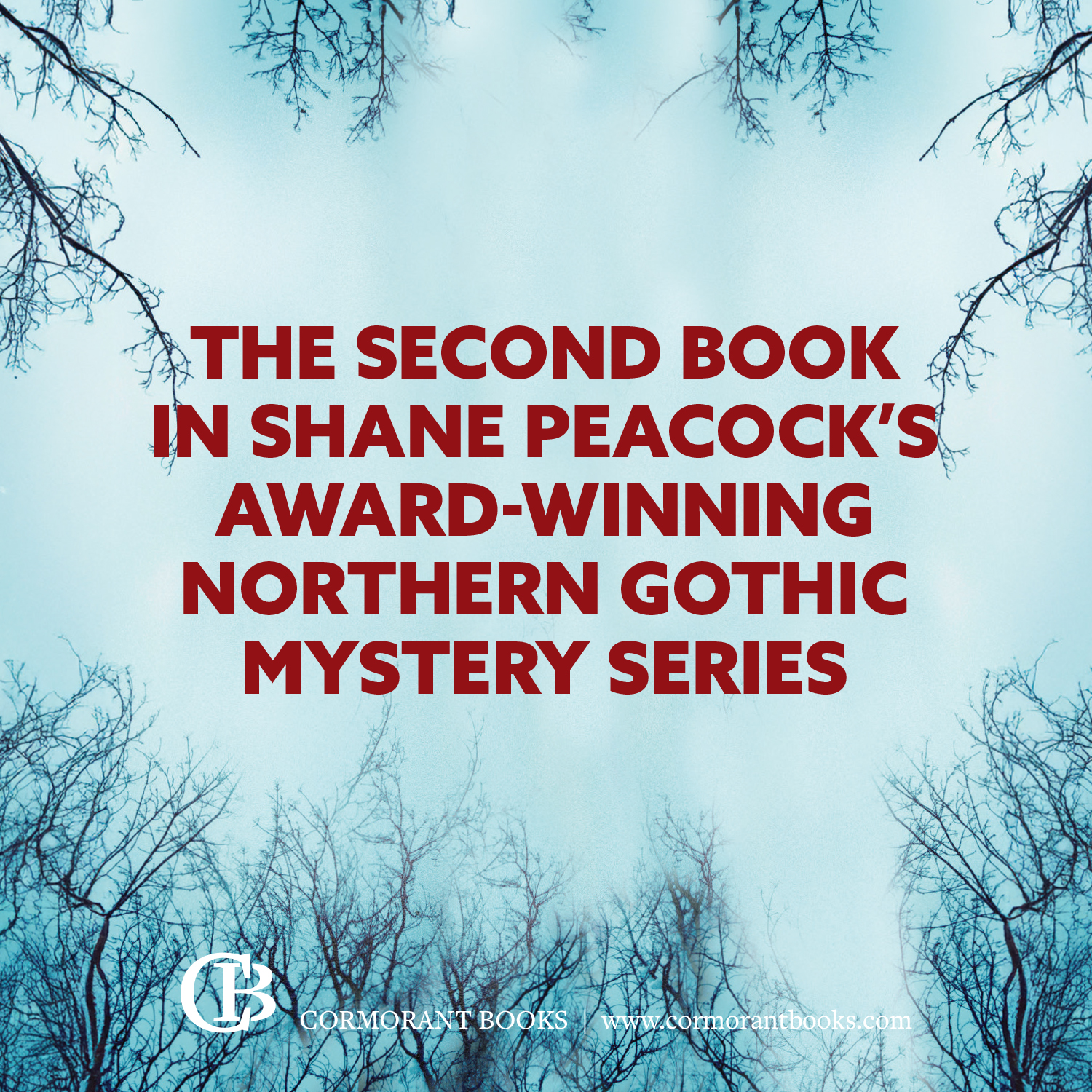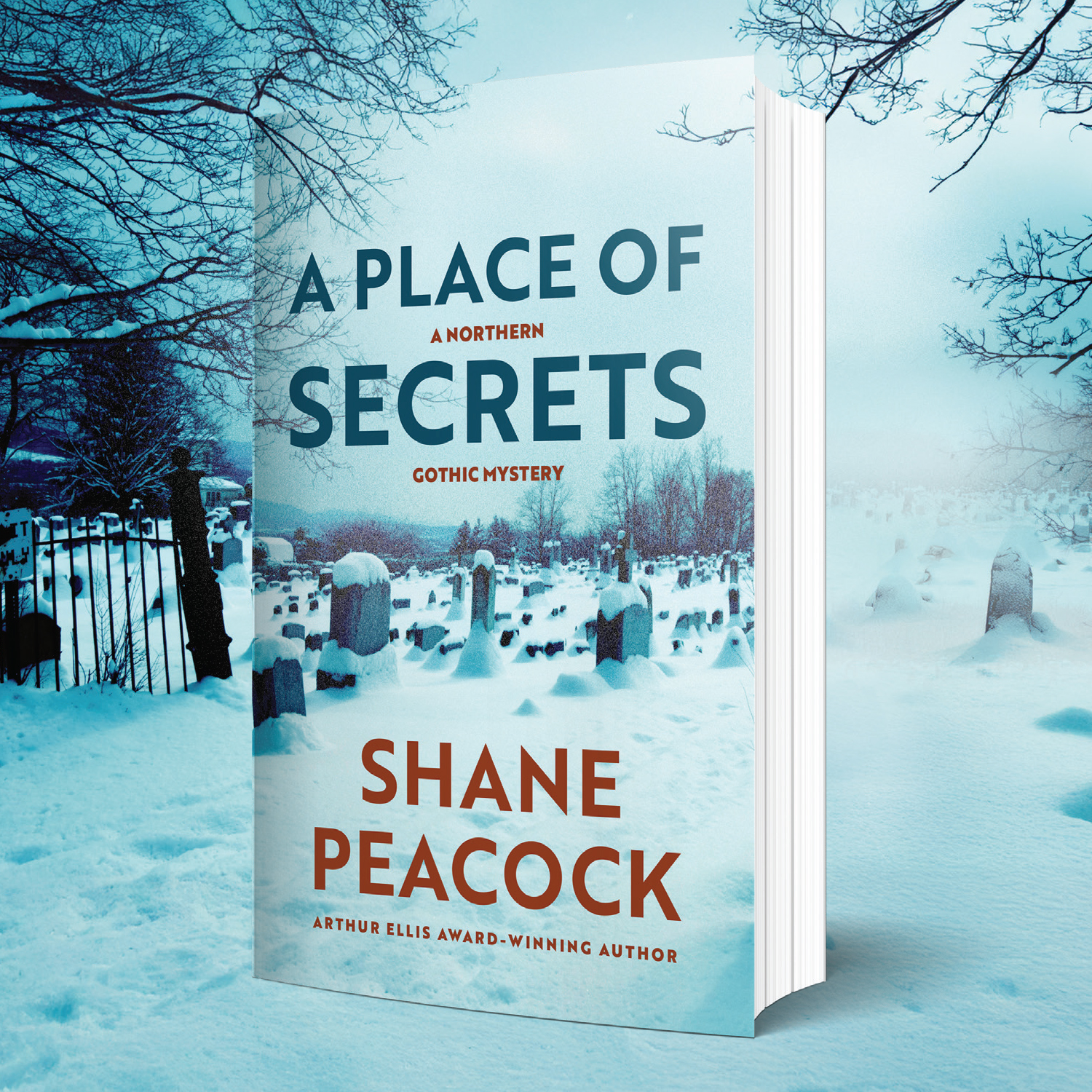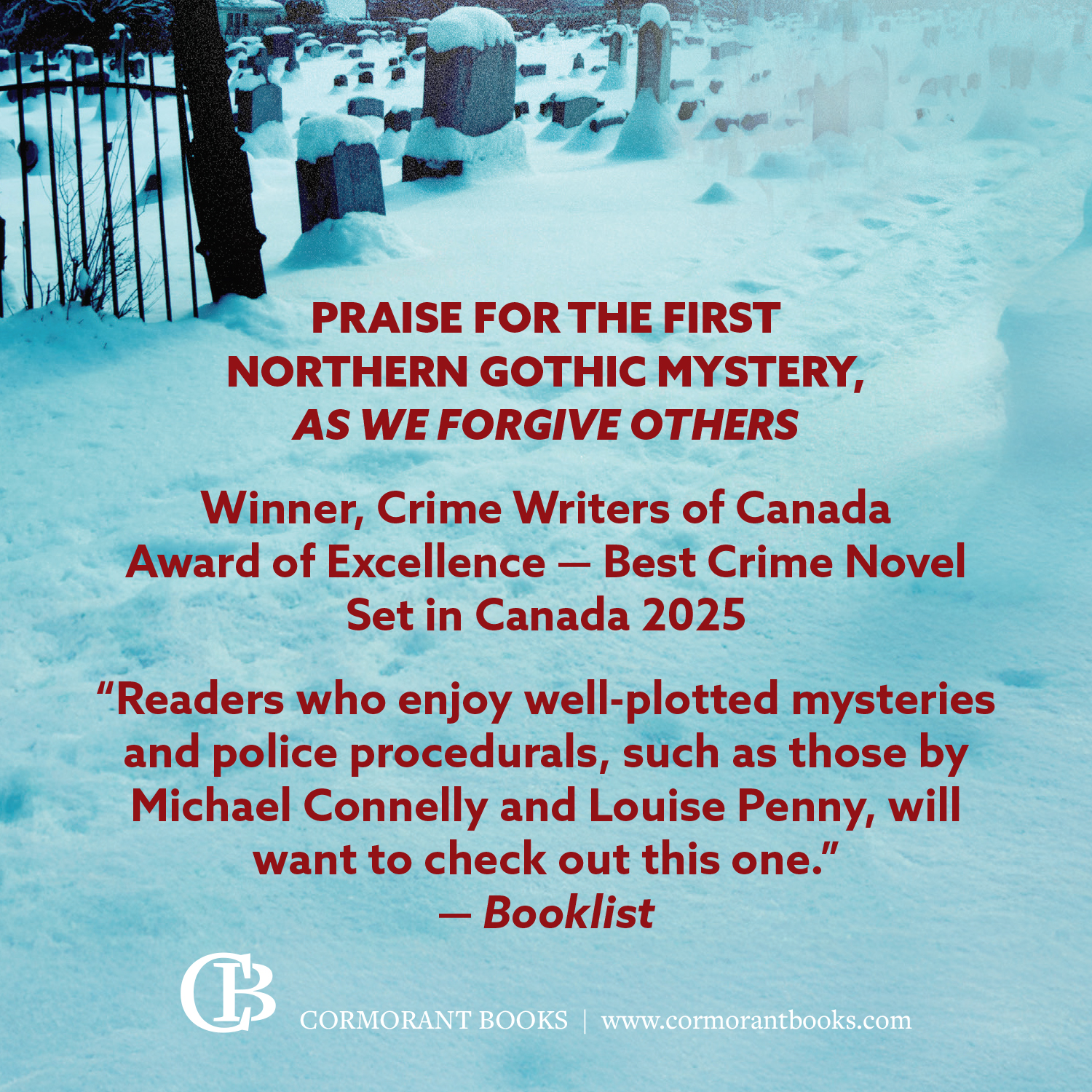
Although he works for Scotland Yard, Inspector Frey is shocked when he’s actually sent to Scotland by none other than Lord Salisbury, the prime minister, to look into the case of a murdered violinist. It’s a sensitive issue because the year is 1888 and the man was found with half his entrails missing, in a room locked from the inside. Salisbury and his cohorts don’t want the public to think that Jack the Ripper is on tour, or that there’s a copycat killer in Edinburgh.
Frey, a London dandy from the minor gentry who often complains about mud on his leggings and blood on his lapels, is paired up with Detective Nine-Nails McGray, so called because he is missing a finger. McGray is as rough and ready as they come, though he too comes from a well-off family. There is friction between them from the start, and insults are exchanged throughout the novel.
Guilleum Fontaine was a virtuoso and a teacher of violin with a collection of fine instruments. One of them is said to have belonged to none other than Paganini, composer of the Devil’s Trill Sonata, behind which there are many myths and legends. Did the composer sell his soul when he wrote this devilishly difficult piece? And is the violin it was created upon cursed? Perhaps someone who wanted the instrument was behind Fontaine’s murder?
The dead man’s will comes into it and Frey and McGray begin following the trails of several violins Fontaine has bequeathed to his friends and pupils. Further killings occur and – in true Edinburgh style – there’s a touch of grave robbery too, as our truculent detectives try to find a killer who appears to be honouring the Devil with rituals at each murder scene. They come into contact with Fontaine’s rich landlady, her arrogant nephew, a troubled Italian family, a skilled violin maker and even a gypsy fortune teller. All could be involved, somehow…
What you get with The Strings of Murder is a vivid depiction of Edinburgh, its people and history. Oscar de Muriel has tried and succeeded when it comes to working in all sorts of facets of the setting. The buildings, landmarks, people and culture are all effectively used to enrich the backdrop and the book is genuinely interesting to read – perhaps even more so if you’ve visited the city.
There is a touch of the macabre here too – eventually Frey and McGray reason that the killer might be taking the intestines of his victims in order to make violin strings. Sheep and goat intestines were, after all, the traditional materials. Yet, despite the grotesque crimes and the apparent satanic element to the killer’s motive, the writing is light and often funny. This is not at all about Holmes and Watson, but The Strings of Murder feels very much like a pastiche of the Conan Doyle canon.
The only problems come in where the main characters are involved. De Muriel has attempted to write McGray’s dialogue in the dialect. This consists mainly of ‘ye’ instead of ‘you’ and ‘ken’ instead of ‘know’. ‘Ye ken?’ It grates after a while and I began to imagine Groundskeeper Willie from the Simpsons was there instead of a Scottish detective, spoiling the author’s attempt to build a dark atmosphere. The relationship between Frey and McGray, meanwhile, does not entirely draw you in. They’re a bitchy pair and although there are times when they manage to sympathise with one another, Frey continually calls McGray an idiot, or something similar, while the latter constantly questions Frey’s manhood.
Still, the mystery, when it unravels, is well done and author has cleverly mixed music, the occult, family secrets, class snobbery and Victorian forensics into his debut novel. Overall, it works and although it isn’t grippingly suspenseful throughout, the clues and motives are so strange and eclectic that The Strings of Murder is certainly a crime novel that will keep you interested right to the end. It also has a fine cover.
If this sounds like your kind of thing, order a copy from Amazon below, or see our article on the finest Sherlock Holmes stories NOT written by Conan Doyle here.
Penguin
Print/Kindle/iBook
£3.79
CFL Rating: 3 Stars






